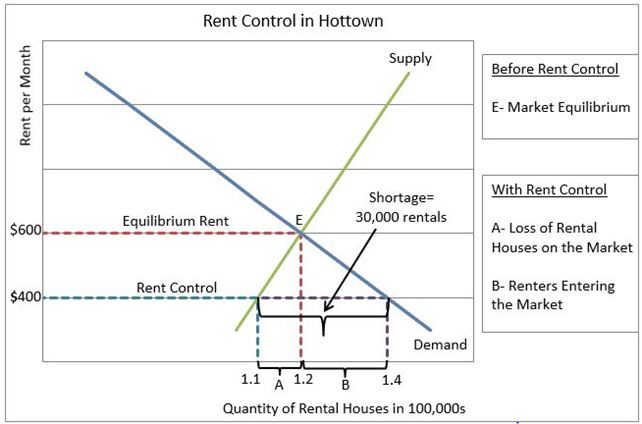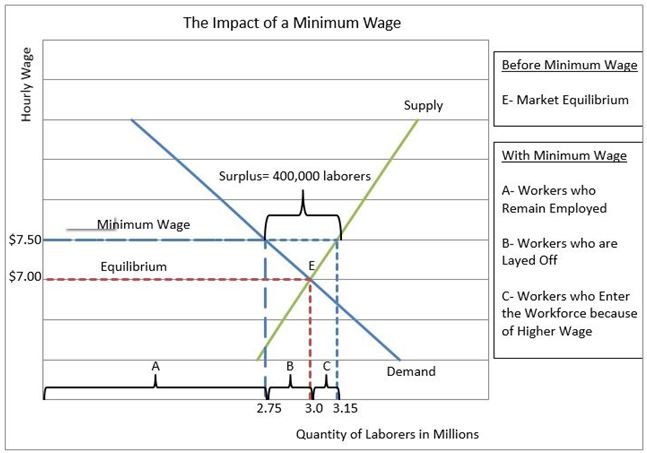Price Controls
View FREE Lessons!
Definition of Price Controls:
Price controls are legal restrictions on how high or low a price can be set. Price ceilings are the maximum legal price of a good or service. Price floors are the minimum price of a good or service.
Detailed Explanation:
Occasionally, governments impose price controls when public opinion views the equilibrium price as being too high or too low for the public interest. Normally, leaders have the best of intentions when they impose price controls, but controls can ultimately hurt both the group of people governments are trying to help and the economy as a whole.
Price Ceiling
When price increases cause a public uproar, such as dramatic increases in gasoline prices during the Nixon administration, the government may impose a price ceiling or the maximum legal price for a good or service. Price ceilings result in a shortage of the good or service when the ceiling is set below the equilibrium price. Long lines at gas pumps following the restrictions on gasoline purchases were evidence of the shortage.
Rent control is another example of a price ceiling. Rent control forbids landlords from raising rents above a certain level. The supply and demand graphs below illustrate how rent control resulted in a shortage in housing in the fictitious town of Hottown when the maximum rent was set below the equilibrium rent. Before rent control, 120,000 units were rented for $600 per month. Everyone willing and able to pay $600 had a home - but not everyone could afford $600 a month. The leaders of Hottown chose rent control to help its poorer citizens. They established a rent ceiling of $400 per month. There was little incentive for landlords to increase the number of rental units. In fact, some converted housing into office space. The number of units available fell 10,000 units (A on the graph below) to 110,000 apartments. 20,000 people who had not rented before entered the market (B on the graph below). Some had lived with a roommate or parents but were attracted by the lower rent. The quantity demanded at $400 equaled 140,000 units, but only 110,000 apartments were available. There was a shortage of 30,000 units. Unfortunately, the shortage persisted because there was little incentive to increase housing.

Price Floor
A government may determine that a good or service's market price is too low and set a minimum price, or price floor. A price floor results in a surplus when set above the equilibrium price.
A minimum wage is a price floor. Let us again consider Hottown. The supply and demand graph below illustrates Hottown's market for unskilled workers. Presently, the going wage for unskilled labor is $7.00 per hour, and three million workers are employed. No one is unemployed. Sadly, at $7.00 per hour, many hard-working people still live in poverty, so Hottown's leadership establishes a minimum wage of $7.50 per hour to help them. Unfortunately, unemployment increases. At $7.50 per hour, 3.15 million people want to work. This is 150,000 more people than at $7.00. These individuals chose not to work at $7.00, but are now attracted to the higher compensation. (C on the graph below.) However, employers would employ 2.75 million workers (A on the graph below). 250,000 workers who had been willing to work at $7.00 would be laid off. Unemployment would increase from zero to 400,000 people (B plus C on the graph below). The minimum wage resulted in a surplus of workers, which is expected to persist as long as the wage is higher than the market equilibrium.

Dig Deeper With These Free Lessons:
Supply and Demand – The Costs and Benefits of Price Controls
Who Really Pays an Excise Tax
Managing Supply Using Tariffs, Subsidies, Quotas & Licenses

